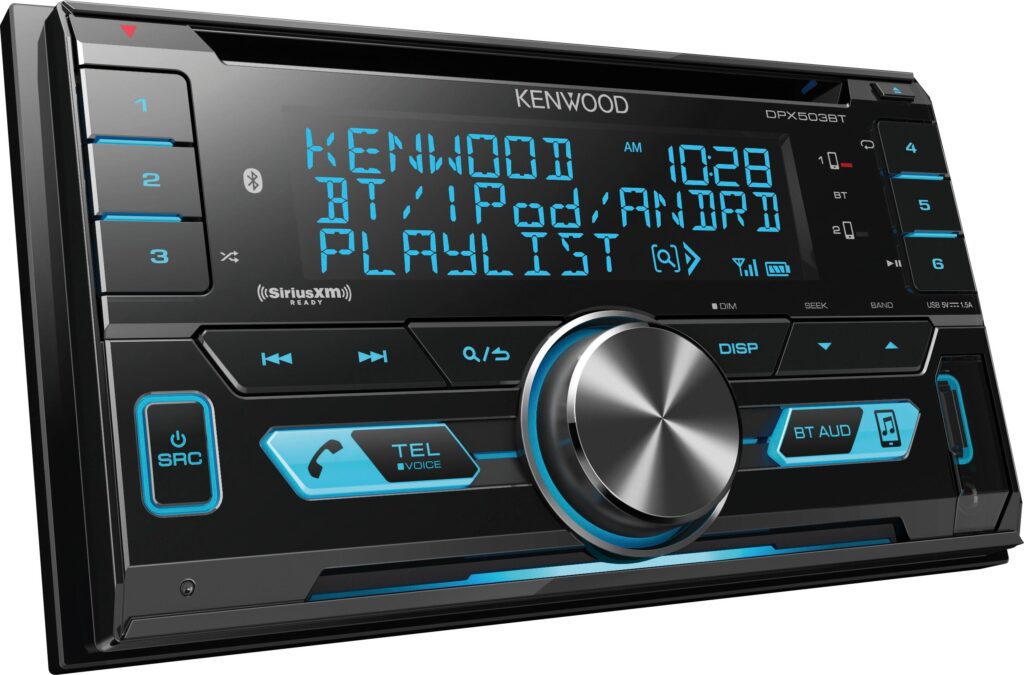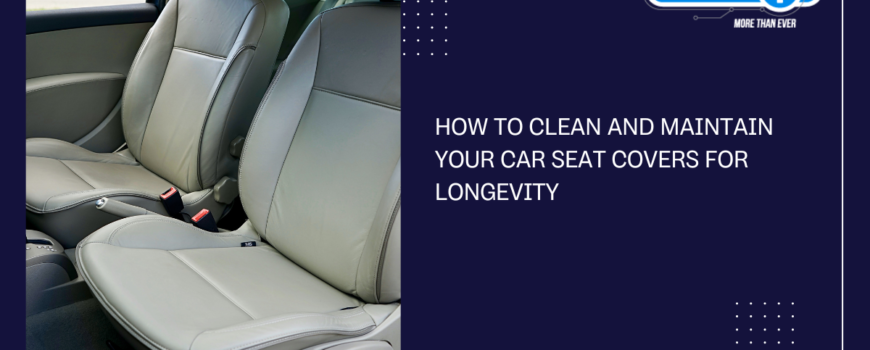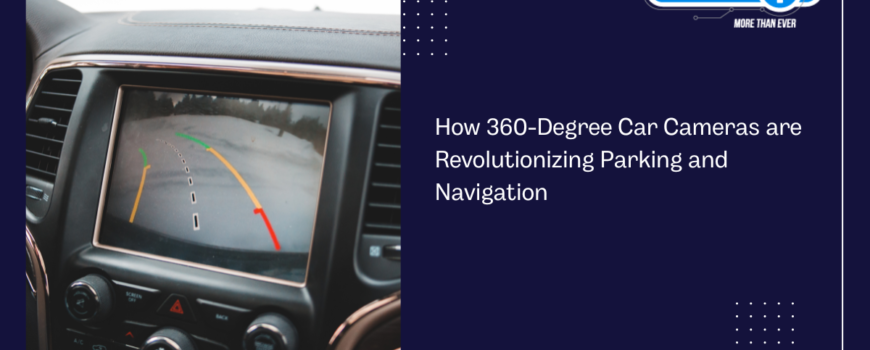Neck pillows have become an everyday accessory for travel and relaxation, but do they work? Many people swear by them for relieving neck pain and improving sleep quality, but is it actually effective? To answer this question, it’s essential to look beyond the marketing and explore what these pillows can offer.
Car Neck Pillows
Car neck pillows are designed to support your neck while you’re seated. Good neck support can improve your sleep posture, leading to better rest and less discomfort. They come in various shapes and materials, aiming to ease neck strain during travel. The most popular designs include:
- U-shaped pillows: Often used for travel, these pillows wrap around your neck to prevent head tilt.
- Orthopedic Neck Pillows: These neck pillows align your spine and support your neck more effectively.
- Memory Foam Pillows: Contour the shape of your neck for personalized comfort.
Effectiveness of Neck Pillows
Using neck pillows during long car trips can help prevent neck strain. They offer support that helps keep your neck neutral, making the drive more comfortable. Proper support from neck pillows can improve your sleep posture. This helps in reducing morning stiffness and pain, provided the pillow is suited to your specific needs. Use your neck pillow alongside other ergonomic accessories, such as lumbar supports or adjustable car seats, to maintain good posture throughout your drive.

Choosing the Right Neck Pillow
Selecting the right neck pillow involves considering several factors:
· Material: Memory foam, gel, and inflatable options each offer different levels of support. Choose based on what feels most comfortable for you.
· Shape: U-shaped pillows are ideal for travel, while contoured or cervical pillows are better suited for home use and neck pain relief.
· Firmness: A too-firm or soft pillow may not provide the proper support. Opt for one that maintains your neck’s alignment without adding extra pressure.
· Orthopaedic neck pillow: Orthopedic neck pillows are specifically designed to support the natural curve of your neck, making them ideal for people with chronic neck pain.
Neck Pain Solutions for Long Drives
Long drives can often lead to neck pain, but there are practical solutions to alleviate and prevent discomfort. Here are some practical neck pain solutions for those long stretches on the road:
· Adjust Your Seat Position: Ensure your car seat is adjusted for proper support. Your headrest should align with the middle of your head, and your seat should be positioned to maintain a natural posture.
· Use a Neck Pillow: Investing in a good-quality neck pillow can provide crucial support and reduce strain. Orthopaedic neck pillows, in particular, help maintain proper neck alignment and offer relief from long periods of sitting.
· Take Regular Breaks: Stop every 1-2 hours to stretch and move around. Simple neck stretches can relieve tension and improve circulation.
· Maintain Good Posture: Sit upright with your back supported in your long car travel trips and avoid leaning forward. Keeping your shoulders relaxed and your neck aligned with your spine helps prevent strain.
· Stay Hydrated: Dehydration can exacerbate muscle stiffness. Drink plenty of water in car travel tips to keep your muscles hydrated and functioning well.
All these practices can minimize neck pain and make long drives more comfortable.
To Sum Up
Car neck pillows can be a practical tool for enhancing comfort during travel and improving sleep posture. Their effectiveness largely depends on the right fit and proper use. While they are not a cure-all for neck pain, the right neck pillow can significantly impact your travel experience and daily comfort.







